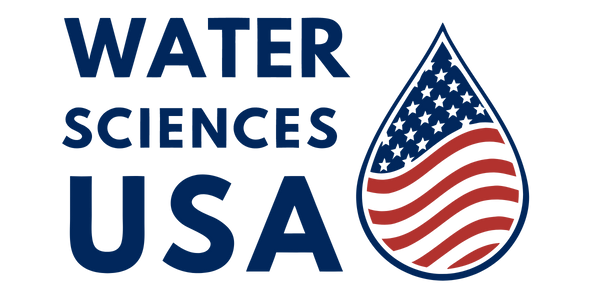Sediment Filters

What are Sediment Filters?
Sediment filters are water treatment devices that remove suspended solids such as sand, silt, dirt, rust, and other particulates from water. They act as a first line of defense in filtration systems, often used as pre-filters in POU (e.g., under-sink systems) or POE (e.g., whole-house systems) setups to protect more advanced filters like reverse osmosis (RO) or activated carbon. Certified under NSF/ANSI Standard 42 for aesthetic effects (e.g., turbidity reduction), sediment filters improve water clarity and prevent clogging in plumbing and appliances.
How Sediment Filters Work
Sediment filters operate through mechanical filtration, physically trapping particles as water passes through a porous material. The filter’s pore size, measured in microns, determines the size of particles it can remove—smaller micron ratings capture finer particles.The process includes:
-
Water Flow: Water passes through a filter medium (e.g., spun polypropylene, pleated polyester, or ceramic), trapping particulates.
-
Particle Removal: Particles larger than the filter’s micron rating are captured, while water flows through.
- Maintenance: Filters must be replaced or cleaned regularly (every 3–12 months) to prevent clogging, pressure drops, or bacterial growth.
Contaminant Removal Capabilities
Sediment filters primarily target physical particles, reducing turbidity and protecting downstream systems. They are ineffective against dissolved chemicals, heavy metals, or most microorganisms unless combined with specialized media (e.g., ceramic with silver impregnation). See a list of contaminants that activated charcoal systems can assist with:
| Contaminant | Can Sediment Filters Help? | Explanation |
|---|---|---|
| Aluminum | Partial | May trap particulate forms if > micron rating (e.g., 5 microns). |
| Barium | Partial | May trap particulate forms if present. |
| Cadmium | Partial | May trap particulate forms if present. |
| Calcium | Partial | May trap particulate calcium (e.g., limescale) if > micron rating. |
| Chromium (Total) | Partial | May trap particulate forms if present. |
| Cobalt | Partial | May trap particulate forms if present. |
| Copper | Partial | May trap particulate copper if present. |
| E. coli | Partial | Ceramic filters (0.2–1 micron) may remove; standard sediment filters ineffective. |
| Grains per gallon | Partial | May reduce particulate hardness if present. |
| Hardness | Partial | May trap particulate calcium/magnesium; dissolved hardness unaffected. |
| Hardness (Ca Mg) | Partial | May trap particulate forms; dissolved ions unaffected. |
| Hardness (Total) | Partial | May reduce particulate hardness; dissolved ions not removed. |
| Iron | Partial | Traps particulate iron (e.g., rust) if > micron rating. |
| Lead | Partial | May trap particulate lead if present. |
| Magnesium | Partial | May trap particulate magnesium if present. |
| Manganese | Partial | May trap particulate manganese if present. |
| Mercury | Partial | May trap particulate mercury if present. |
| Nickel | Partial | May trap particulate nickel if present. |
| Silica | Partial | May trap particulate silica if > micron rating. |
| Silver | Partial | May trap particulate silver if present. |
| Strontium | Partial | May trap particulate strontium if present. |
| Tin | Partial | May trap particulate tin if present. |
| Titanium | Partial | May trap particulate titanium if present. |
| Total Coliform | Partial | Ceramic filters (0.2–1 micron) may remove; standard filters ineffective. |
| Turbidity | Yes | Primary target; reduces suspended particles (1–100 microns). |
| Uranium | Partial | May trap particulate uranium if present. |
| Vanadium | Partial | May trap particulate vanadium if present. |
| Zinc | Partial | May trap particulate zinc if present. |
Key Considerations
Sediment filters are crucial for particle removal but have limitations:
-
Effectiveness: Excel at reducing turbidity and protecting systems but ineffective for dissolved chemicals or most pathogens compared to RO or carbon filters.
-
Maintenance: Regular replacement (3–12 months) or cleaning (ceramic) prevents clogging and bacterial growth.
-
Costs: Initial costs $30–$300, annual maintenance $20–$200, depending on type. Also consider home installation costs.
-
Environmental Impact: Minimal waste (filter replacements); reusable ceramic filters reduce environmental footprint.
- Applications: Best as pre-filters in POE systems for well water or POU for specific outlets; not standalone for comprehensive treatment.
